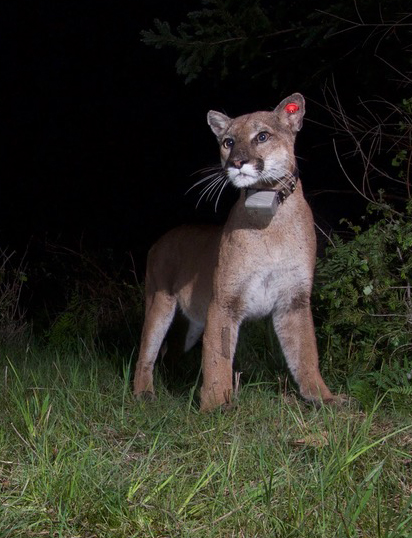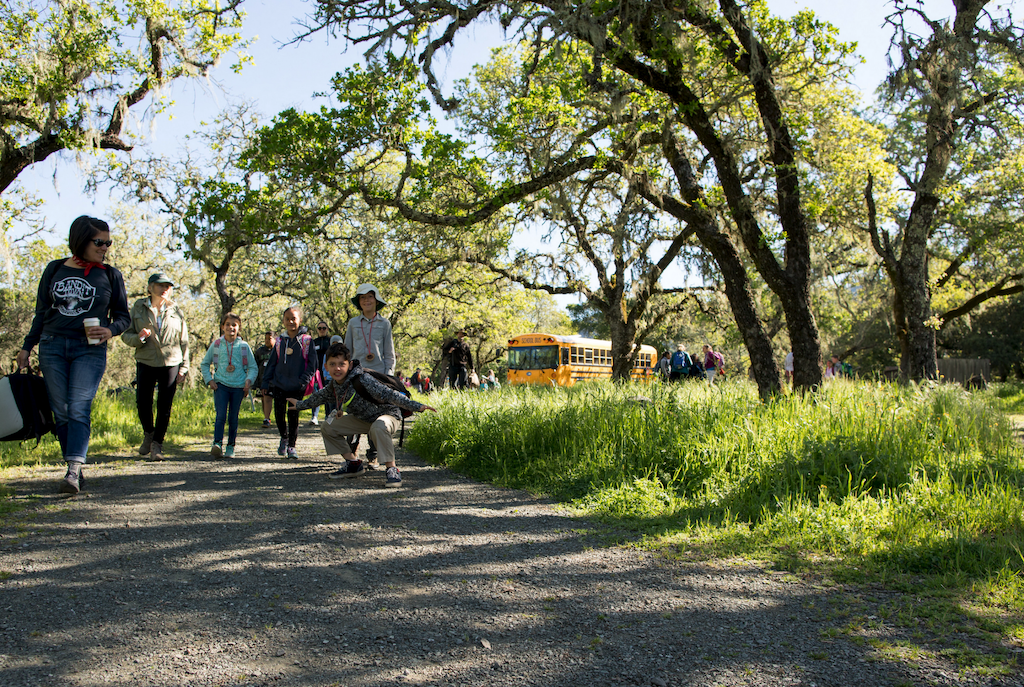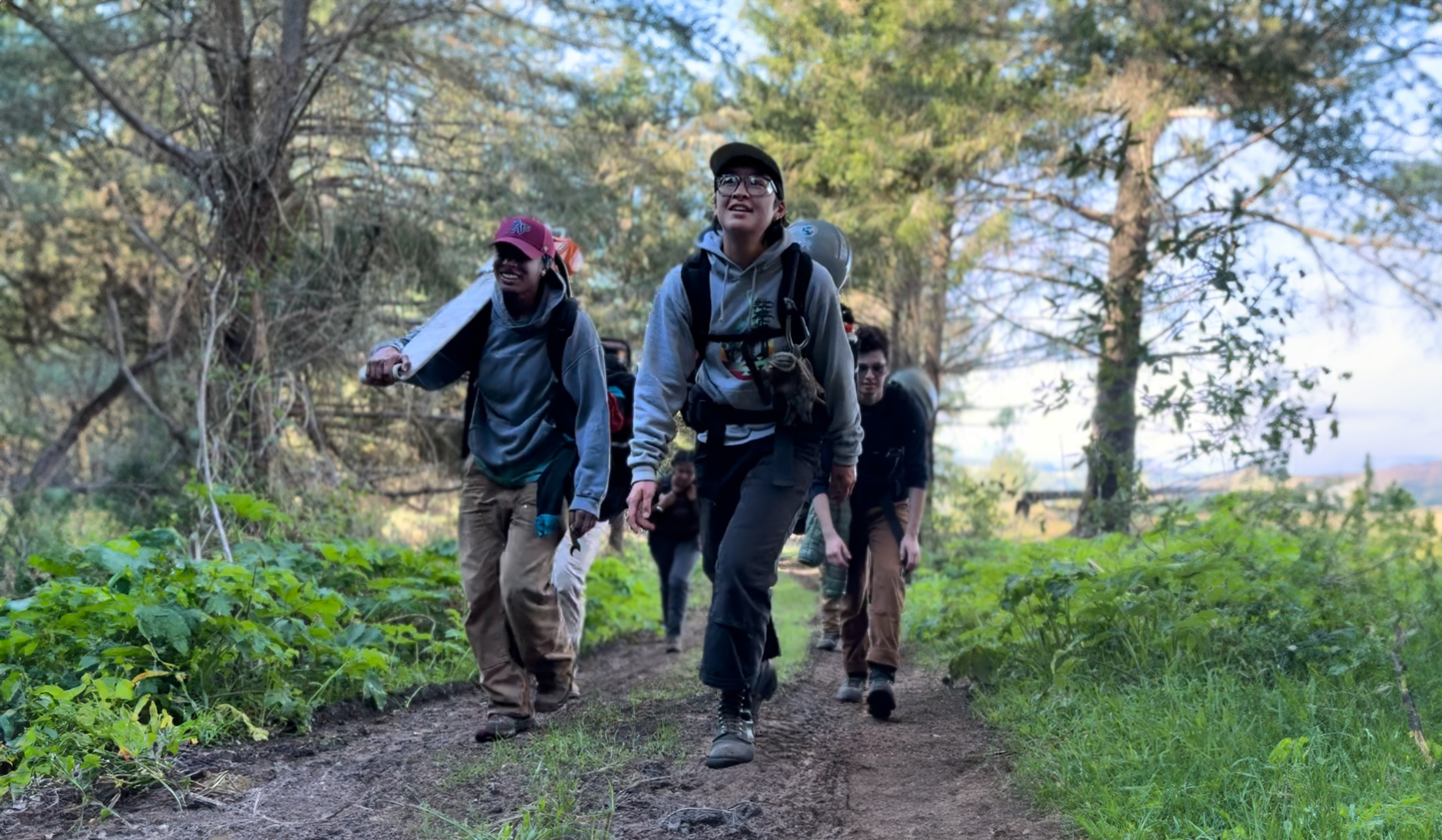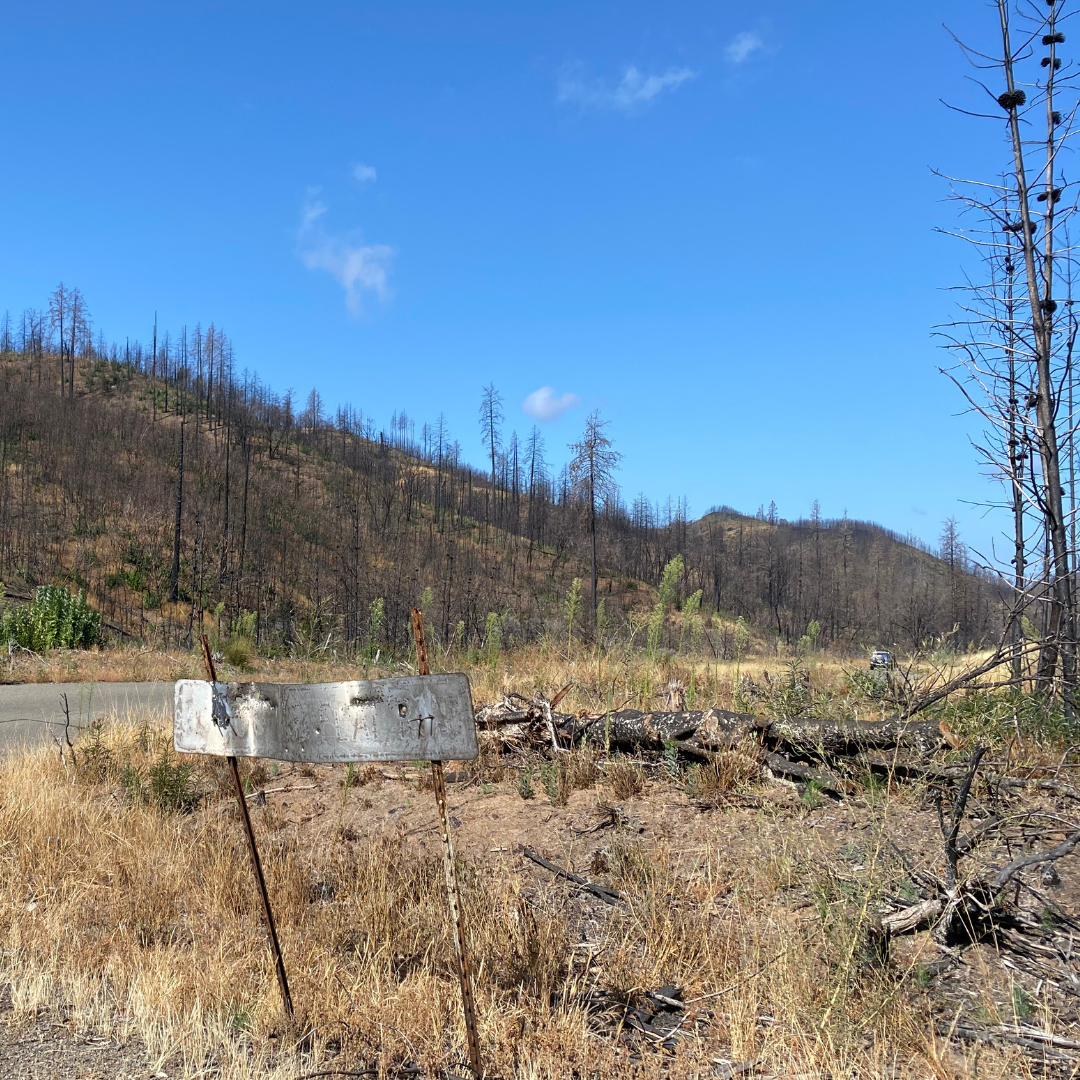In California, mountain lions are at the top of the food chain and play critical roles in the maintenance and functioning of their ecosystems. In our region, mountain lions’ preferred prey are deer. Disruptions in the population of this key predator can affect deer behavior and populations, causing a number of impacts in the system.
Yet mountain lions themselves live a fragile existence as more of us choose to live and play in wild places. Although human and lion confrontations have been infinitely small, protecting pets and livestock from being attacked remains a challenge. Although livestock form a small percentage of their diet, lions are opportunists when it comes to attacking unsecured pets or stock.
Such conflict may result in a depredation permit issued to have the mountain lion killed. Unfortunately, killing a resident lion may have broad implications often not considered by the landowner. For example, killing a territorial male may increase the number of lions in a given space, as animals from outlying areas try to claim the territory. We also know that killing the offending lion won’t solve the underlying problem, which is keeping one’s animals safe.
Recently, ACR’s Living with Lions team negotiated a better outcome for one of their collared lions, leading to protection of both livestock and mountain lions. P5, the resident male in the southern Mayacamas Mountains, was targeted with a depredation permit after he killed livestock in the Sonoma Mountain area. The property manager agreed to meet with Dr. Quinton Martins and after learning the importance of mountain lions in the ecosystem—and the story of this particular lion—the rancher spared P5’s life. On our recommendation, a new barn to house the remaining animals was purchased, keeping them safe from predators every night, which is the ultimate form of animal husbandry for this type of situation.
“Conserving mountain lions and other predators is good for the environment and ultimately for us, the human community,” said Dr. Martins. “The landowner not only spared this individual mountain lion, he also allowed our team to use the site to recapture P5 in order to replace his failing GPS collar and to check his health.”
Young female lion’s fate not as lucky
In the weeks following the Nuns Fire, P2 – a 26-month-old female mountain lion lost her GPS collar and was unable to be tracked by researchers. In early December, she killed pet livestock in the Sonoma Mountain area, distressing a landowner who was still grappling with the fallout from the Nuns fire. The landowner could not identify this mountain lion as a study animal and opted to remove the lion through a depredation permit issued by California Department of Fish and Wildlife. Regrettably, the team was not able to intervene and P2 was killed shortly after.
P2, fitted with a GPS collar in November 2016, first came to the attention of the research team as a juvenile while she travelled with a sibling and her mom, P1. In the months following P2’s collaring, researchers watched her transverse nearly 8,600 private parcels in the Sonoma Valley, crossing Highway 12 multiple times and carving out what might eventually have become her home territory. Data collected from P2 will be used in the Sonoma Valley wildlife corridor study, and will help ACR’s researchers better understand the habitat needs of these far-ranging animals, as well as contribute to how the fires impacted these cats.
LEARN MORE about Living with Lions, a community conservation project.




